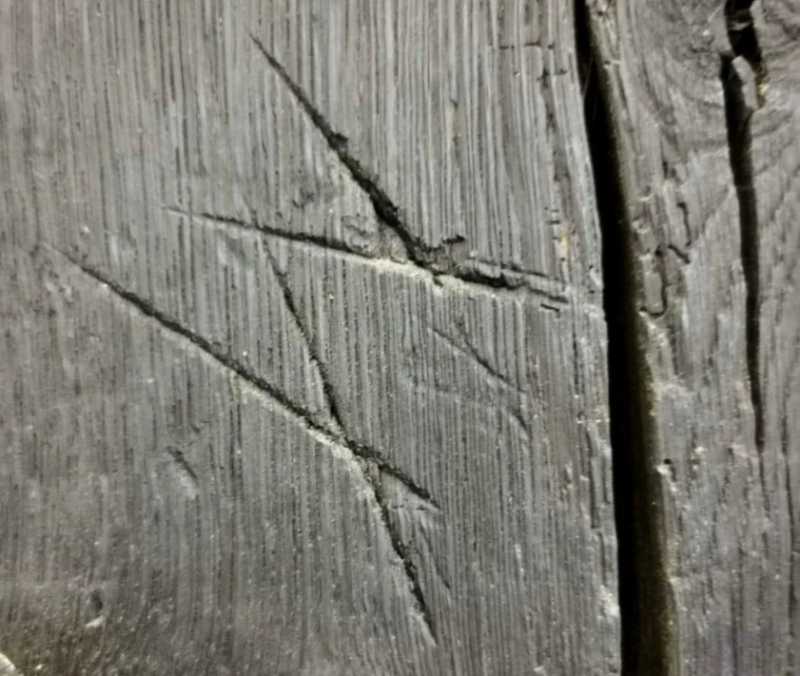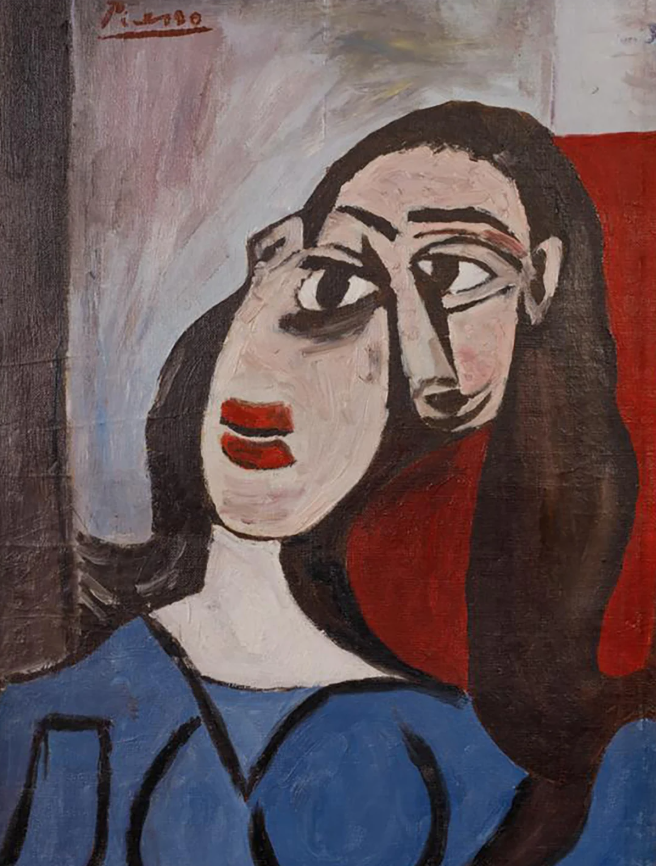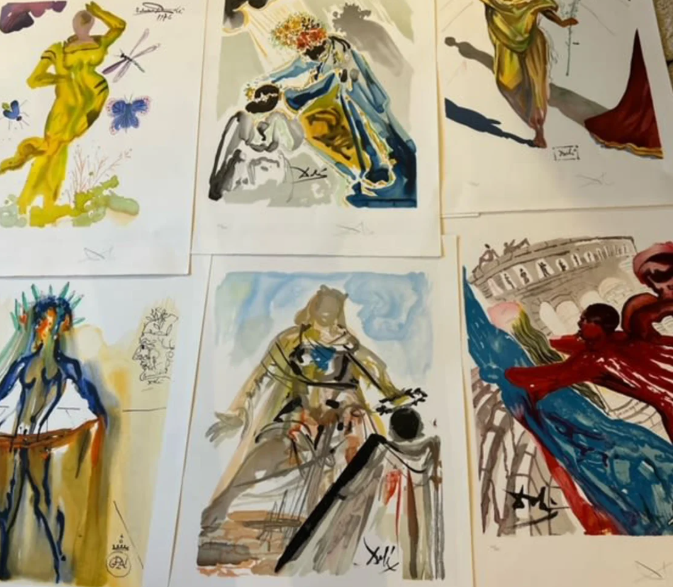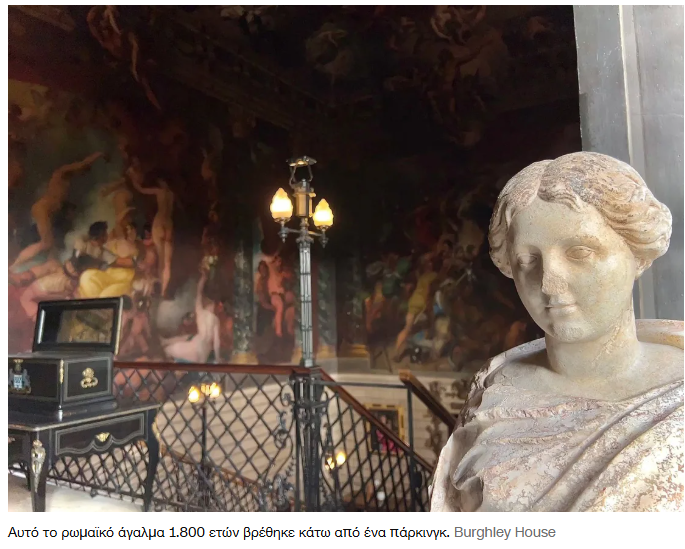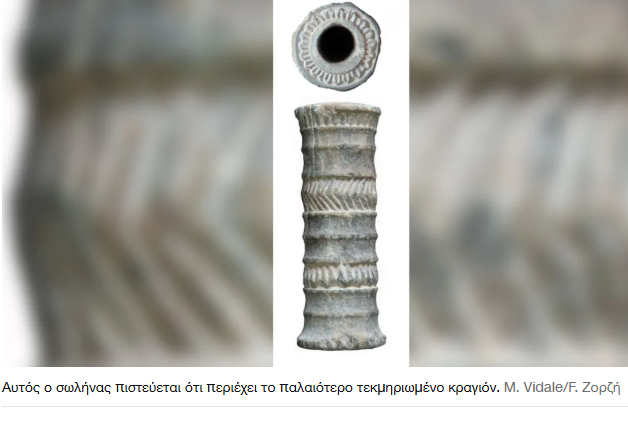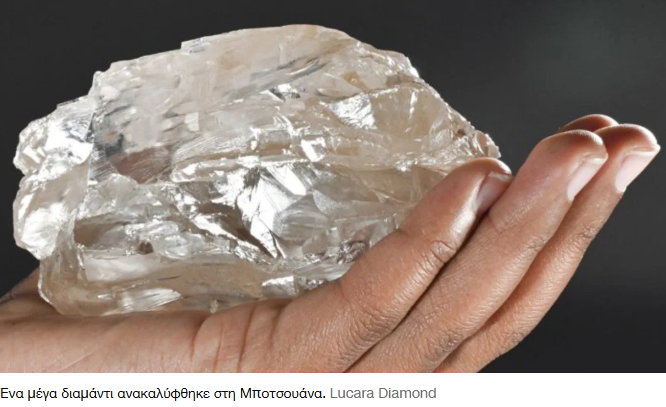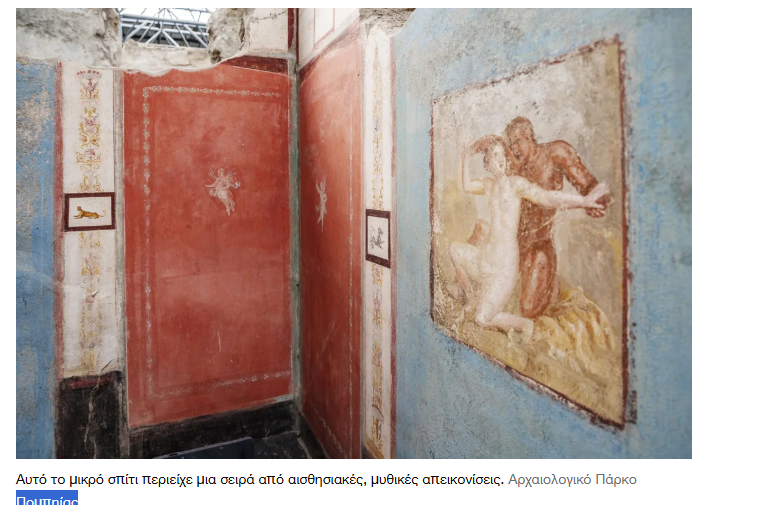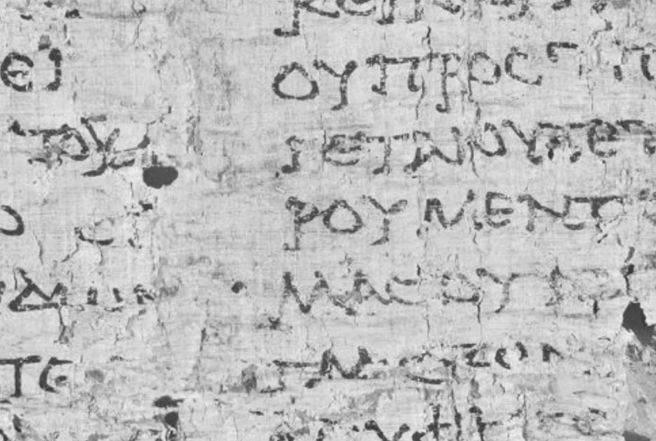Builder discovers naked marble deity hidden for 1,600 years in sewer and art historian locates lost Picasso painting
It may be an archaeologist’s job to discover, but every year some people have an exceptionally lucky or strange day.
This happened to a builder who discovered a naked marble deity hidden some 1,600 years ago, an art historian who located a lost Picasso painting.
Many pages have been written about the first known cave paintings in South America, as well as the oldest lipstick used by women 4,000 years ago
Below are some of the most important historical and archaeological art discoveries of the year summarized in a CNN report.
1. Chopin’s new waltz
In the fall of 2024, a new, short waltz by Chopin was found lost in library archives in New York.
The Polish composer, who died 175 years ago aged 39, has a new waltz attributed to him thanks to a curatorial discovery at the Morgan Library and Museum in New York. It is his first unknown work to be found in nearly a century.
Chopin was 20 years old when he composed the short but complete waltz in a postcard-sized manuscript. It may have been originally intended as a gift, but unlike his other well-known gifted waltzes, Chopin did not sign it, suggesting that he may have changed his mind. Hearing it for the first time “will be an exciting moment for everyone in the classical piano world,” said Robinson McClellan, the curator who discovered it.
2. Rooms with scary graffiti
Just before Halloween, the English Heritage charity announced a terrifying find: a series of marks made by witches on the walls of a manor house.
On the walls of a Tudor manor house in Lincolnshire, wall markings have been discovered which are believed to date back to the early 17th century.
Symbols found on the servants’ wing include circles aimed at trapping demons as well as overlapping Vs, which could have been a call to the Virgin Mary for divine protection. The name of the former owner of the mansion also appears, but in reverse – as a possible curse against him.
3. An unknown Picasso
In 1962, an Italian junk dealer found a rolled-up canvas in the basement of a villa in Capri, depicting an asymmetrically painted woman in a blue dress. Without thinking about the signature, he framed it and gave it to his wife, who did not find it to her liking. However, it hung in their family home and in a restaurant they owned for decades.
Now, experts believe it is an original Picasso worth €6 million and one of several portraits of the photographer Dora Maar, his lover – after a long-running effort by his son Andrea Lo Rosso to authenticate the artist’s signature.
His father died in 2021 and the Picasso Foundation in Paris has yet to authenticate the work. The painting has been in a vault for several years, but according to Lo Rosso, it has survived incredible odds after being found along with another anonymous work in the basement of Capri.
“They were both covered in dirt and lime and my mother spread them out and washed them with detergent, like they were carpets,” he told CNN.
4. Dali
An auction in London has found 10 signed lithographs by Salvador Dali during an antiques appraisal — after they had been forgotten for 50 years in the owner’s garage. The unnamed owner bought them during a gallery closing sale in the 1970s, said Hansons Richmond associate director Chris Kirkham, who discovered the works.
All lots exceeded their estimates when they went under the hammer in September, for €25,158.
5. Marble god emerges from the sewer
A marble sculpture of the Greek god Mercury was hidden some 1,600 years ago in a sewer and last July it was accidentally discovered by Bulgarian archaeologists. According to Reuters, it was discovered during an excavation at the site of the ancient city of Heraclea Sintica in Bulgaria, near its border with Greece.
This statue of Hermes recently found in a Roman sewer system in excavations at Heraclea Sintica in Bulgaria. pic.twitter.com/fHWFWfdrse
— Books Landscape Magic (@BooksnMagic) July 9, 2024
The well-preserved statue is 6.8 feet tall and was likely placed in the sewer system underground to protect it after an earthquake in 388 AD, according to archaeologists leading the dig. After the earthquake caused the city to decline, it was abandoned around 500 AD.
6. Vivid scenes of ancient Egyptian life
A tomb more than 4,300 years old has revealed a window into daily life at the time when archaeologists found a series of colorful paintings. Known as a mastaba, the tomb is located in the pyramidal necropolis of Dahshur, which has been excavated by the German Archaeological Institute in Cairo since 1976. Inscriptions on a limestone false door of the mastaba reveal that it belonged to an administrator named Seneb-nebef and his wife. Idut and archaeologists dated it to around 2,300 BC
Describing the paintings of people and animals as having “elegant forms and perfect execution,” Stephan Seidlmayer, who led the expedition, told CNN at the time that “the images offer authoritative evidence of the artistic environment of the capital of the advanced Old Kingdom.
7. A surprising burial in a parking lot
A construction worker got the surprise of his life when he accidentally found a marble head of a woman while building a car park at a 16th-century country estate in Peterborough, England. It turned out to be an 1,800-year-old Roman sculpture. But that wasn’t the only surprise – the statuesque body of the mysterious headless lady was found nearby when archaeologists began working on the site two weeks later.
8. Ancient cosmetics
A tiny vial found in southeastern Iran may be a lipstick that was made 4,000 years ago. The stone jar containing a deep red mineral mixture is “probably the earliest” example of lipstick that has been scientifically analyzed, researchers said in February.
9. A giant diamond
Canadian miner Lucara Diamond Corp. announced in August that it had discovered the second largest diamond ever found, at 2,492 carats. The stone was found in the Karowe mine in Botswana, where in 2015 the current holder of the second place record was found – Lesedi La Rona, a 1,109-carat stone that sold for $53 million two years later. (The largest known diamond in the world is the 3,106-carat Cullinan diamond, found in South Africa in 1905).
10. Erotic Roman scrolls
A small house in Pompeii caused quite a surprise when it was revealed that it contained a series of elaborate and erotic frescoes. Archaeologists have uncovered the house in the central district of the ancient city, which was destroyed by a volcanic eruption in AD 79 but preserved under layers of ash. Although tiny and lacking some of the architectural features of larger Roman houses, such as the central outdoor atrium, the house shows that even small houses could be elaborately decorated. The mythical scenes depict the goddess of love, Aphrodite, with her mortal lover, Adonis, as well as Hippolytus, son of Theseus, who rejected the romantic advances of his stepmother Phaedra.
11. Details of Plato’s deathbed
A new story of Plato has been discovered in charred papyri thanks to artificial intelligence, according to Italian researchers who examined a set of scrolls buried under volcanic ash in Pompeii. The newly deciphered text is part of 1,800 carbonized scrolls discovered in the 18th century, known as the Herculaneum Scrolls. Researchers have used artificial intelligence along with other specialized imaging technology to read the scrolls, which have been partially destroyed.
So what are the new details? Using artificial intelligence, researchers deciphered burnt papyri from Pompeii. The manuscripts revealed details of Plato’s death, including his burial in a secret garden at the Academy, as well as his dismay at the music played on his deathbed.
Source :Skai
I am Frederick Tuttle, who works in 247 News Agency as an author and mostly cover entertainment news. I have worked in this industry for 10 years and have gained a lot of experience. I am a very hard worker and always strive to get the best out of my work. I am also very passionate about my work and always try to keep up with the latest news and trends.


